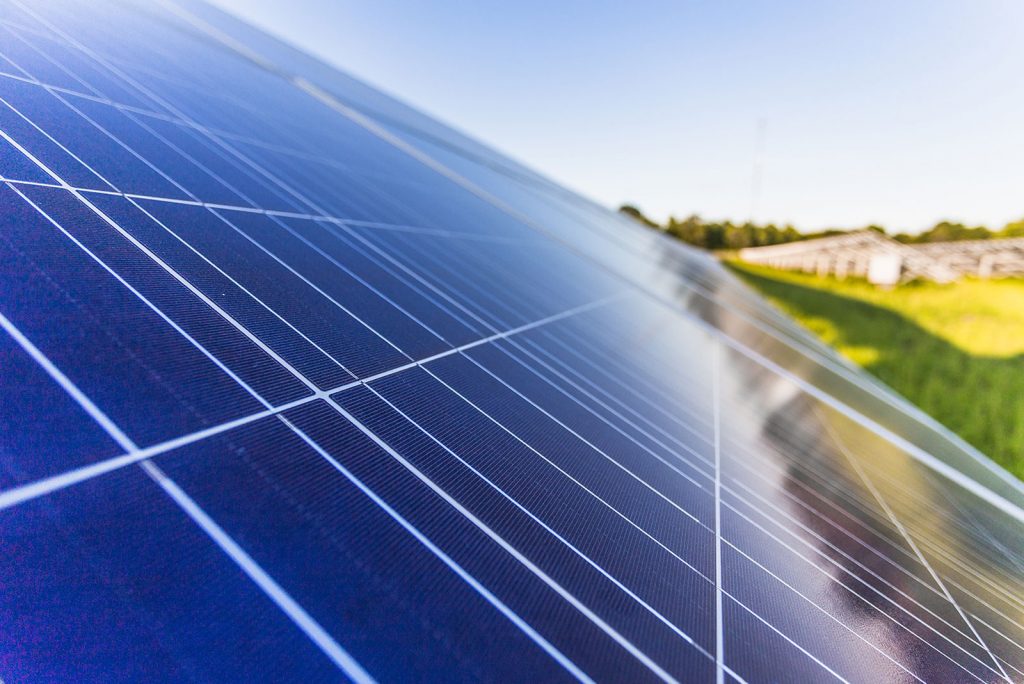
Which States Have Adopted Renewable Energy Standards, and Why They Matter
Renewable Energy Standards (RES), sometimes called Renewable Portfolio Standards (RPS), are requirements set by state governments for utilities to source a designated portion of the energy they generate or sell from renewable resources like solar power. The idea is for U.S. states to set incremental goals for incorporating renewable energy sources, as well as lower polluting, cleaner energy sources, into the share of electricity generated throughout the nation. In 2018, 17.1% of U.S. energy generated came from renewables, with solar contributing just under 2%. Fossil fuels remained the leading source of generation at almost 64%.
The good news is that this is a significant growth for renewables. Since 2008, renewable generation has doubled. This is certainly in part to advancements and adoption in solar power sources and wind power sources. And on the downside, we still have a long way to go, and states’ Renewable Energy Standards are a concerted focus to aid the effort. In fact, according to the National Conference of Legislatures, nearly 50% of the growth in U.S. renewable energy generation since 2000 can be attributed to state’s Renewable Energy Standards. Businesses and residents often see new incentives, renewable energy jobs are created, and new programs are designed to make it easier for communities to be participants in the shift to renewables. Clearway’s Community Solar program is just that – a convenient, accessible way for municipalities, businesses, and residents to go solar without upfront costs or rooftop installation. For states to reach these goals, they need the tools and systems that make clean power adoption manageable, and Community Solar is one way to help the goals become a reality.
Each of the states that Clearway services – Illinois, Massachusetts, Minnesota, and New York – have Renewable Energy Standards. Going solar by joining one of Clearway’s local solar farms is one way residents can do their part to help state’s to reach renewable energy goals; residents are supporting locally-produced renewable power by going solar, but avoid the challenges that often accompany rooftop solar by opting for a solar farm instead.
Each of the above states have unique policies. Let’s take a look at each state’s goals.
Illinois: The Illinois Power Agency Act requires that both utilities and retail energy suppliers deliver 25% of electricity sales from renewable sources by 2025. And meanwhile, a bill entitled The Clean Energy Jobs Act, has been introduced and is making its way through state legislature. With the intention to bring more jobs to the renewables industry, the bill aims for Illinois to be a 100% renewable energy state by 2050. Clearway Community Solar is opening enrollment for its Illinois solar farms in mid-August, 2018.
Massachusetts: Massachusetts’ Clean Energy Standard requires utilities and retail electric suppliers to source 16% of electricity from clean energy sources starting in 2018, with a 2% annual increase. The goal is to hit 35% by 2030 and 80% renewable energy contribution by 2050. Clearway is behind the Commonwealth’s (and the nation’s) largest Community Solar farm – the Spencer Road Solar Farm, with many more community solar farms in development. Clearway enrollments are actively open in Massachusetts and include a guaranteed savings offer.
Minnesota: Minnesota’s goal has a nice ring to it, matching Illinois: 25% by 2025. A regulated state, Minnesota’s utility, Xcel Energy, has a higher requirement of nearly 32% by 2020. In December 2018, Xcel, which operates across 8 states announced it will aim for 100% carbon-free electricity by 2050. Clearway first launched its program in Minnesota, and is actively accepted enrollments.
New York: In 2018, New York expanded the Clean Energy Standard from a 50% requirement of renewable energy sources (established in 2016 by Governor Cuomo) to a 70% requirement by the year 2030. Clearway operates one of New York State’s largest Community Solar Farms in Minisink and has over a dozen in development. Enrollments are active in the Orange & Rockland utility territory, as well as Central Hudson Gas & Electric territories.
Throughout the U.S., 29 states, Washington D.C., and three territories have created renewable energy targets that are consistently revisited and revised for growth. And the concept is fairly recent: the first RES was introduced in 1983 by Iowa. With the acceleration of renewable sector growth, which comes to answer a need given climate change ramifications, RES laws have become more and more ambitious over time, growing from 10% renewables requirements, now up to 50% and greater. RES laws are one growing driver for renewables adoption, adding to the viability of markets and promoting renewables to communities. Want to see the RPS of every participating state? See who’s leading the way here.









